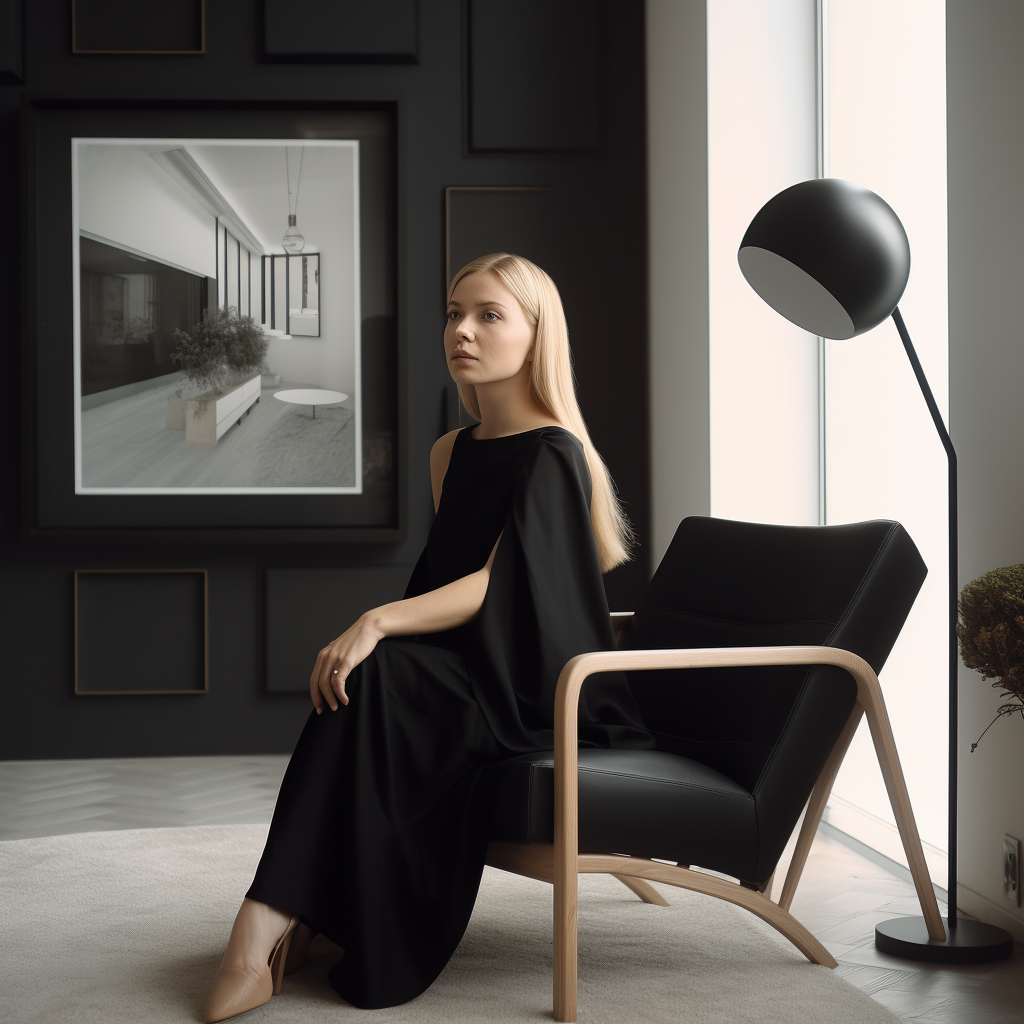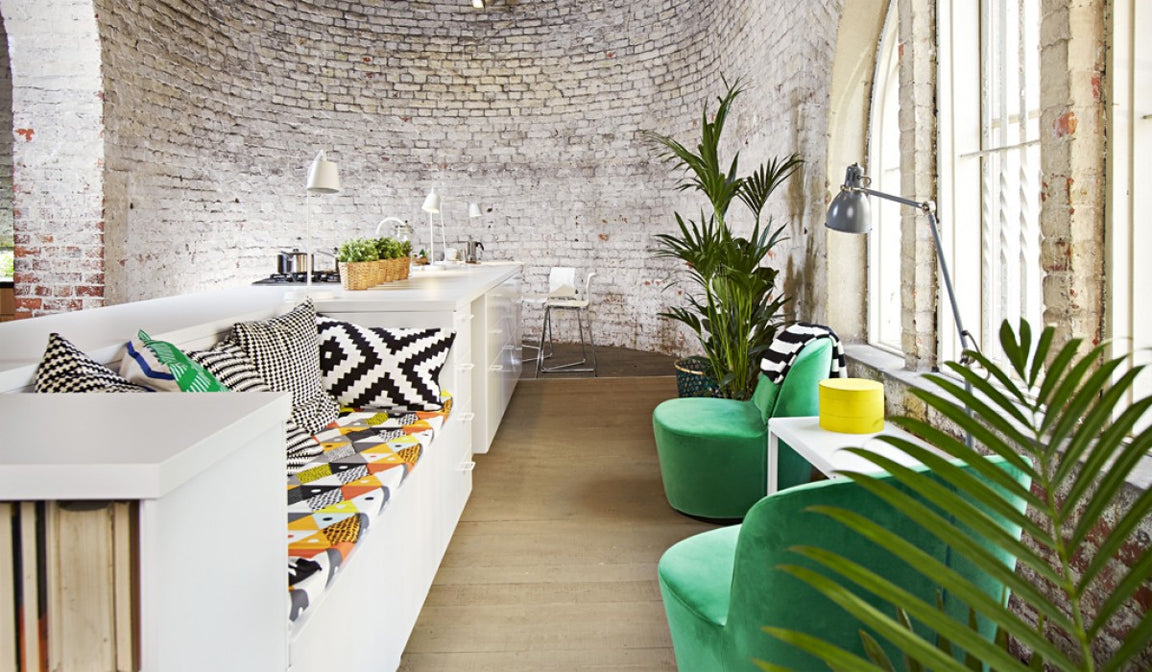
Elevate Your Sanctuary: Unleashing the Power of Energy Upliftment in Your Home
Posted by Decor Dekor

Five of the best Finnish Designer Brands
Posted by Decor Dekor

Top Scandinavian furniture brands
Posted by Decor Dekor

4 Legendary Interior Designers Everyone Should Know
Posted by Decor Dekor

New handmade Japanese furnitures.
Posted by Decor Dekor
